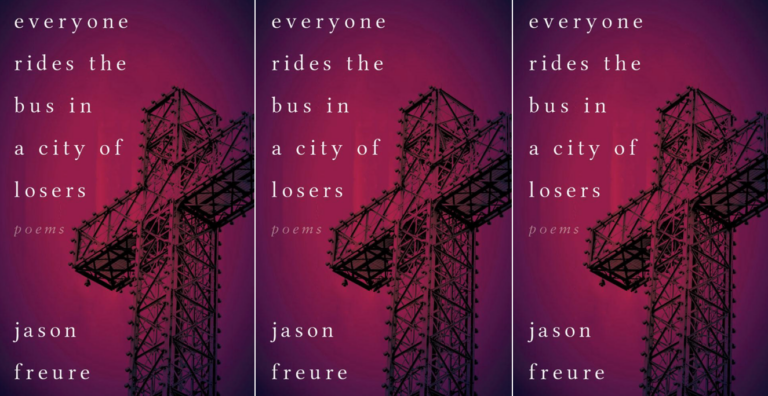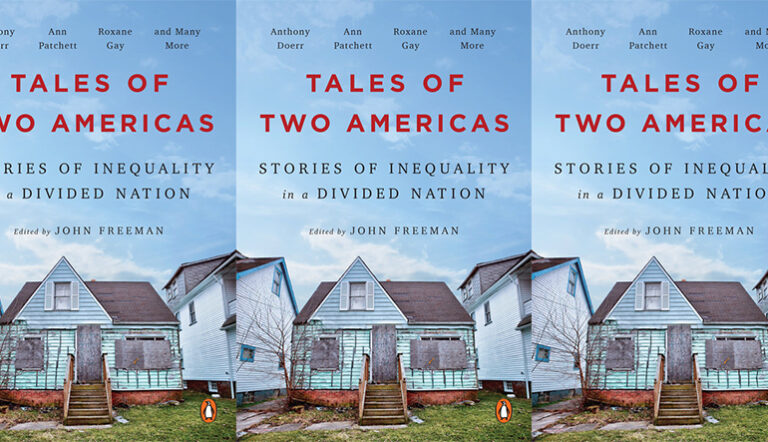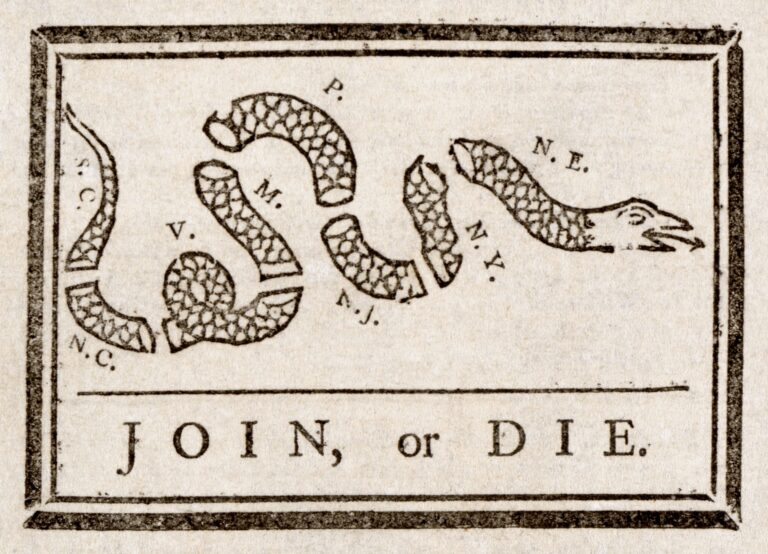“What is the name of this monster? Poetry….”
 In his excellent zombie novel, Zone One, Colson Whitehead writes: “We never see other people anyway, only the monsters we make of them.” This sentence encapsulates one of the novel’s themes, but it can also be applied to a current trend in poetry which brings monsters to the foreground. This poetry forces the reader to look beyond the monstrous and into the characters of the monsters themselves. These poems ask: what kinds of monsters do we create and why?
In his excellent zombie novel, Zone One, Colson Whitehead writes: “We never see other people anyway, only the monsters we make of them.” This sentence encapsulates one of the novel’s themes, but it can also be applied to a current trend in poetry which brings monsters to the foreground. This poetry forces the reader to look beyond the monstrous and into the characters of the monsters themselves. These poems ask: what kinds of monsters do we create and why?
Speculative poetry, and poetry using monsters, has been around as long as poetry (let us not forget the monster of all poems, Beowulf). Still the use of monsters in contemporary poetry has been rising over the past decade. It went from a rare occurrence, where I would undoubtedly be instantly more enamored of the poem simply because it contained monsters, to becoming almost commonplace.
I first started noticing the trend as I became more interested, and familiar, with Monster Theory and its applications for the study of literature. Monster Theory, especially as portrayed by Jeffrey Jerome Cohen in both his essay “Monster Culture: Seven Theses” and the collections he’s edited of critical monster theory essays, is all about how we can view cultures and moments through the lens of the monsters appearing in the works of said cultures and moments. Monsters act as a way for us to view ourselves and our humanity by looking at our fears and their representation.
So, going off of that (admittedly, simplified description of the applications of Monster Theory), it almost feels like the perfect fit for poetry. If poetry isn’t a way to analyze and deconstruct the moments and cultures that surround us, then what is it?
Now, while I could go on (and on, ad nauseam) about monsters in poetry, for the sake of brevity and focus, there has been one monster, in particular, who’s been taking over poetry—Godzilla. Yes, King of the Monsters is also King of the Poetic Monsters!
Godzilla, or Godzilla adjacent themes, appear in poems by authors as diverse as Roberto Bolaño (“Godzilla in Mexico”) to Paul Guest (“Questions for Godzilla”). Bolaño uses Godzilla’s name as a metaphor for unpredictable and inescapable destruction on a very human scale:
“Listen carefully, my son: bombs were falling
all over Mexico City
but no one even noticed.”
In Guest’s poem, Godzilla is questioned in a way that questions our own creation of monsters as much as it questions the nature of Godzilla:
“what of the shouted orders
the dread retreat, the fall of a world built to scale
what is pain to you?”
Looking further out, Godzilla pops up all over current speculative poetry markets and Godzilla even has his own Haiku Tumblr—as amazing as it sounds, I assure you. But why the upswing in Godzilla-etry?
Godzilla was originally created as a metaphor for the destructiveness for nuclear weapons, but over the decades since Godzilla’s first appearance, the presentation of Godzilla has shifted considerably. Often, now, we are as likely to see Godzilla as heroic (if chaos-causing) as we are to see Godzilla as a completely rampaging monster.
Godzilla, like Frankenstein’s Monster or King Kong, exists in our imaginations as a monster who is as sympathetic as they are destructive. Godzilla can be seen as the ultimate symbol for the horrific power of humanity/weaponry/fill-in-the-whatever here, but with that comes the knowledge that Godzilla is not terrorizing out of evil or spite but, rather, because that is what Godzilla does. Godzilla destructs, therefore Godzilla is. It’s easy to identify with Godzilla, because Godzilla is, in a sense, as incapable of holding back his destructive acts as we are of stopping ourselves from making mistakes, inadvertently hurting others, etc.
As one of the haikus on the Godzilla Haiku Tumblr (written by creator SamuraiFrog) reads:
“Godzilla must go
so you cannot see the depths
of his loneliness.”
*title adapted from a quote from Godzilla, King of the Monsters


